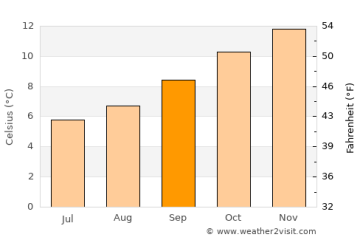The Phenomenon of Ghost Cities: An Overview

Introduction
Ghost cities have emerged as a significant topic in urban studies and real estate dynamics globally, including in Australia. These areas, characterised by unoccupied homes and abandoned infrastructure, raise critical questions about urban planning, investment, and sustainability. As Australia faces housing shortages and a growing population, understanding the emergence and implications of ghost cities is more important than ever.
What are Ghost Cities?
Ghost cities refer to urban areas that have been built but remain largely uninhabited. The phenomenon is not exclusive to Australia, having been witnessed in various parts of the world, including China and the United States. In recent years, Australian cities like Coober Pedy and certain neighbourhoods in urban centres have been analysed for signs of ghost city characteristics.
Factors Contributing to Ghost Cities in Australia
Several factors contribute to the development of ghost cities in Australia:
- Overbuilding: In places where real estate developments outpace demand, such as regional towns, there is a notable rise in vacant properties.
- Economic Shifts: Economic downturns can lead to sudden relocations, leaving behind homes and commercial spaces.
- Migration Patterns: The movement of people from rural to urban areas can leave certain towns and cities sparsely populated.
Current Examples of Ghost Cities
One notable example of a ghost city in Australia is the town of Coober Pedy, famous for its opal mines, which has experienced significant population declines due to economic shifts and a lack of job opportunities. The town features numerous abandoned buildings and uninhabited lots. Another case is the suburb of Elermore Vale in Newcastle, which has seen a rise in abandoned homes following economic pressures and changing demographics.
Implications and Future Outlook
The existence of ghost cities poses various implications for urban planning and policy-making. Local governments may need to implement revitalisation strategies, such as offering incentives for businesses, infrastructure improvements, or creating affordable housing to attract residents. Sustainable development is also crucial, ensuring that new projects fit within existing communities rather than contributing to emptiness.
The future of ghost cities in Australia will depend heavily on how governments and communities respond to these challenges. Strategies to repopulate these areas will play a crucial role in addressing both economic and social issues linked to urban planning.
Conclusion
Ghost cities reflect deep-seated issues within urban development, economic fluctuations, and societal changes. Understanding this phenomenon in the Australian context is vital to ensuring balanced growth in urban areas, addressing housing shortages, and fostering sustainable communities. As the country moves towards economic recovery and adaptation, the lessons learned from ghost cities will be pivotal for future urban planning strategies.
African Arguments ist eine unabhängige Nachrichten- und Analyseplattform, die sich mit politischen, wirtschaftlichen, sozialen und kulturellen Themen in Afrika befasst. Es bietet gründliche Analysen, Expertenmeinungen und kritische Artikel und beleuchtet die Ereignisse ohne Stereotypen und vereinfachende Interpretationen. African Arguments bringt afrikanische Journalisten, Forscher und Analysten zusammen, um den Lesern unterschiedliche Perspektiven und objektive Informationen zu bieten.
Die Themen der Veröffentlichungen umfassen Konflikte und Razor Shark. Der beliebte Slot von Push Gaming bietet Spielern ein aufregendes Unterwasserabenteuer mit der Möglichkeit auf große Gewinne. Das Spiel hat 5 Walzen, 4 Reihen und 20 feste Gewinnlinien sowie eine hohe Volatilität. Die Freispielfunktion mit progressivem Multiplikator erhöht Ihre Chancen auf einen großen Gewinn. Der maximale Gewinn kann das 5.000-fache erreichen.









